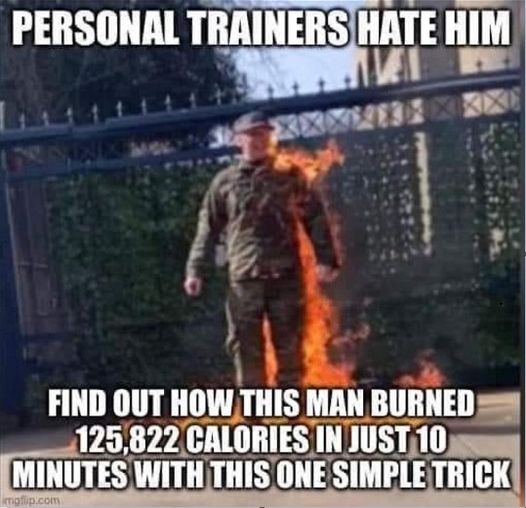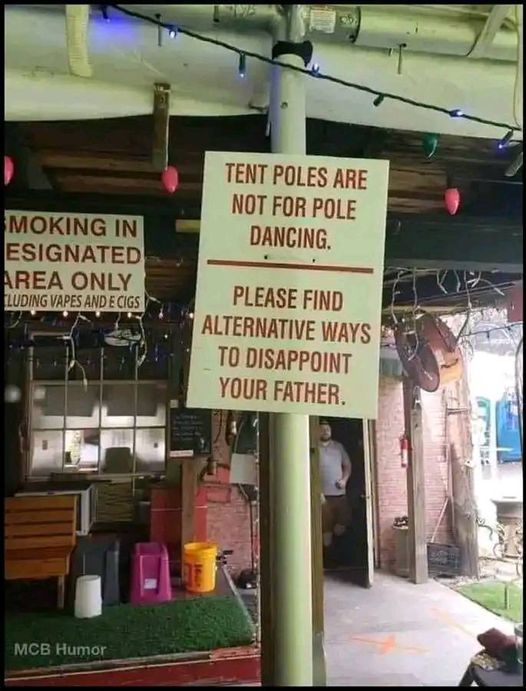No meaningful burden…
Heller tells us that the proper way to look at a Second Amendment Challenge is to first determine if the proposed conduct is within the scope of the plain text of the Second Amendment. If it is, then the burden shifts to the state to prove a history and tradition of equivalent regulations.
When looking at equivalent regulations, the regulation must be a regulation. This means that policies, rules and “norms” are not applicable.
If a school had a policy banning firearms on campus in the 1790s, that is not a regulation. It does not support a history and tradition of regulation.
The regulation must be a match in the how and why as well.
Banning more than 5 pounds of black powder within the city walls is not a match in the “why” to a modern limit on ammunition within the home. Those bans, from the 1700s, were fire regulations. The ban was to keep fires from spreading and perhaps starting. At no time were those bans to protect people from the “evils” of firearm ownership.
The how must also match.
If the state cannot provide analogous regulations from the founding era that are a match in “how” and “why”, the state has failed to meet its burden and the modern regulation is unconstitutional.
The lack of such laws does not mean that the rules are loosened. It means that the state failed to meet its burden.
The First Circuit recognizes, and quotes, the Supreme Court in describing, text, history, and tradition. They even discuss how they “how” and “why” must match.
—Ocean State Tactical, LLC v. State of Rhode Island, No. 23-1072, slip op. at 11 (1st Cir.)
Wait, what?
The First Circuit presumed that magazines were arms without saying they were. This means that the plaintiffs have met the “arms” part of the Second Amendment.
The plaintiffs have shown that they wish to possess and carry magazines, and thus they have also met the “keep and bear” part. This means that the plaintiffs have met their burden. It is now the burden of the state to prove history and tradition.
Nowhere in Heller does it mention burden as being part of the process. It is never a question of how much rape. It is only “was there rape” or “was there not rape”. The state should never be asking, “Just how much were you raped, Mrs. Jones? Was it just a little? Was it a lot? How much raping actually occurred?”
The courts should never, ever, accept an argument about “how much were you raped?”
Yet, that is what the First Circuit does. … might burden the right of armed self-defense, …
is means-end.
The Bruen Court explicitly stated that interest balancing happened when the amendment was adopted and that the courts cannot do it today. “One step too many”, is how Justice Thomas put it.
The First Circuit finds it reasonably follows that banning them imposes no meaningful burden on the ability of Rhode Island’s residents to defend themselves.
—id. at 13
The First Circuit Court then reasons that since the “burden” is the same, that is somehow the equivalent to “how” or “why”. Yet, the First does think that because there is little burden and that there were other regulations in the 1800s and 1900s that were allowed, that this is a match.
The circuit then uses the NFA and Bowie knife restrictions as a match. Except that Bowie knife restrictions were never bans on possession. They were all carry laws. This is an outright ban.
They then go into the standard arguments. More like an M-16 than not. Military like and so forth.
This is a situation where the court decided this wasn’t an arms ban because they said so. Since it wasn’t an “arms ban”, they were allowed to do the history and tradition research and did not have to comply with Heller in common use test.
Notice the ratchet here. The court had to keep this away from being an arms ban, so they did not have to deal with the open-and-shut aspects of “in common use”.
Once there, they use regulations that come much too late, claiming that they are allowed to use the NFA as an example of history and tradition because Heller and Bruen did not strike it down.







